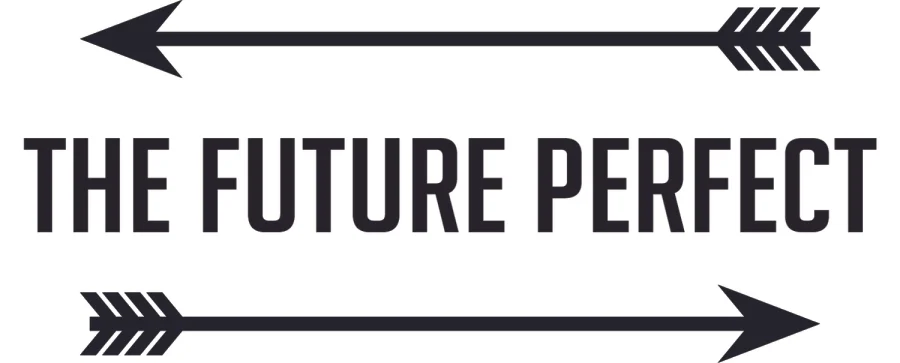The thing to keep in mind when reading this article is to focus mainly on the examples listed below to see how, when, and why these preposition words such as ‘at, on, and in’ are used. There are different reasons that are given when it comes to each of the ‘preposition of place’ words and how they end up being used in a sentence. Later on, I will highlight the ‘prepositions of time’ and how they are utilized when compared to the ‘prepositions of place.’
Zero and First Conditionals
The ‘zero’ conditional is formed when it comes to discussing general truths and things that can happen under certain circumstances. It’s important to know how to form the ‘zero’ conditional, and how to create sentences using it.
The second type of conditional to study is the ‘first’ conditional and is used for discussing possibilities that can occur in the present or in the future.
Definite and Indefinite Articles
When it comes to using ‘definite and indefinite articles’, this grammar concept in English is a lot easier to use and master when compared to other languages such as French, German, and Spanish. There are only four examples of definite and indefinite articles in the English language so it is pretty easy to remember them all. Most other languages tend to have more than ten unique articles, definite and indefinite, compared to the four that are commonly used in English.
Future Perfect Tense
The ‘future perfect tense’ is our last main form of the perfect tense. The future form of the perfect tense is the most specific in terms of its’ usage and formation.While not the most important grammar tense to learn, if you want to be able to describe actions in the future that have already been completed, it’s necessary to have a good working knowledge of the ‘future perfect tense’ and to be able to use it proficiently.
Future Progressive Tense
This grammatical tense is the last of the major verb forms that appears often in the English language and it is quite important to master each of the Past, Present, and Future grammatical tenses before moving on to other grammatical topics, which I will proceed with next week. There are a number of similarities between the Simple Future tense and the Future Progressive tense so it’s important to take them into account when you start to use them in either your speaking or writing activities.
Simple Future Tense
In the past couple of posts on our 'English from A to Z' blog, we’ve gone from the past to the present in terms of understanding and using the grammar structures that encompass these lengths of time. Now, we’re going to take our knowledge of English grammar into the future by going over and analyzing the ‘Simple Future’ tense.
Pretérito progresivo
Ahora que hemos cubierto tanto el Simple Past Tense (pasado simple) como el Present Progressive (presente progresivo) en los últimos meses, podremos avanzar con nuestro resumen y análisis del enfoque de esta semana en el subestimado pero importante 'Past Progressive Tense' (pasado progresivo). Si quieres expresar tus sentimientos u observaciones en inglés con respecto a algo que estaba sucediendo en el pasado como una acción o movimiento continuo sin fecha de finalización clara, vas a querer utilizar el tiempo pasado progresivo para que la gramática de tu frase funcione correctamente.
Simple Past Tense
In order to successfully master the English language, you need to be able to use the simple past tense correctly. Whether it’s talking about what you did yesterday or last week or even five years ago, the structure and formation of the simple past tense should not be overlooked. As we discussed previously with the simple present tense and the present progressive tense, having a good grasp of these basic grammar forms will help you to get better in English really quickly.
Simple Present Tense
If you’re a student of the English language, chances are good that you’re familiar with the ‘Present Tense’ grammar form.
In order to form basic sentences in your writing or to make yourself understood verbally when speaking to a native speaker, it’s important to learn the ‘Present Tense’ especially before moving on to the ‘Past’ and ‘Future’ tenses which is slightly more advanced and complicated to master.















